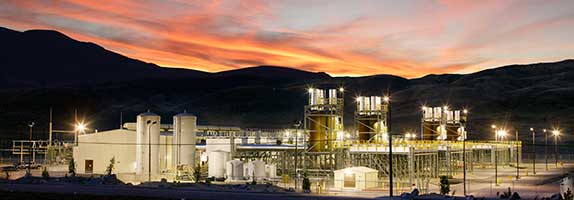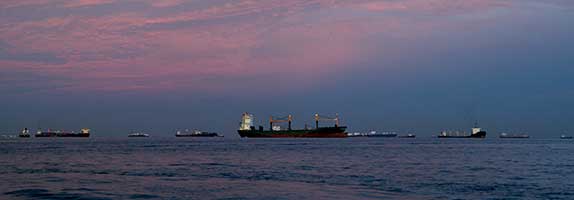


Internal combustion engines (ICEs) are a promising technology for supporting wind and solar energy, a new report by the International Energy Agency (IEA) finds. Comparing different sources of flexibility for power systems, IEA says gas-fired ICE power plants are ”very mature technology” and ”cost-competitive to OCGTs” (Open Cycle Gas Turbines). Commenting on the alternative technologies, IEA notes that “growth in ICE plants actually exceeds that of turbine-based technologies”. The findings were published in IEA’s Energy Technology Perspectives 2014.
According to IEA, the key asset of engine-based generation is fast starting and ramping capability. Quick reaction time is key to follow the output of wind and solar as closely as possible.
International Energy Agency also mentions high efficiency at part-load. The part-loading efficiency penalty at 30 per cent load is zero for combustion engines and about 32 per cent for turbine-based plants. Furthermore, one of the advantages is fuel compatibility. Combustion engines provide additional fuel security, because they can operate on any liquid or gaseous fuel, including biofuels.
Wärtsilä’s power plants have a long track record of supporting renewables.
”There are other technologies out there but what led us to the decision to pick the Wärtsilä’s was that they start very quickly and are efficient units,” says Mark W. Schwirtz, President of the consumer-owned utility Golden Spread Electric Cooperative in Texas, USA. This 170 MW unit is used to wind-balancing and shaving peaks in electricity demand. The capability of starting in 30 seconds and ramping to full power in just 5 minutes is needed for both tasks.
The system-level value of agile generation is demonstrated in a recent white paper by Wärtsilä and Energy Exemplar. Replacing 5.6 GW of planned turbine capacity with combustion engine plants in California would result in 4–6 per cent savings in electricity bills and annual reductions of 450 000 metric tons of carbon emissions. Savings add up from avoiding inefficient part-loading of gas turbine plants.